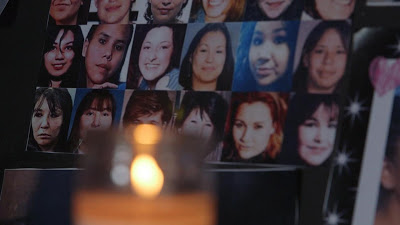The Search: Missing and Murdered Indigenous Women
 |
| Al Jazeera 08 May 2019 |
Fault Lines looks at what’s behind the crisis of missing and murdered indigenous women in the US.
Indigenous women in the United States experience some of the highest rates of violence and murder in the country, according to federal data.
Tribes and advocates attribute this to a confluence of factors – institutional racism, a lack of resources for tribes, and complicated jurisdictions that undermine tribal sovereignty. All of this has led to what tribal and federal officials have called a crisis of missing and murdered indigenous women in the US.
So why are indigenous women going missing in the US and what more could be done to address the problem? Fault Lines travelled across the western US to Washington, Montana and New Mexico to find out.
We found that part of the issue stems from the fact that government agencies don’t have comprehensive data on missing persons cases. But even with the limited data that exists, it shows that Native Americans go missing at a disproportionate rate in the US.
Largely due to the work of advocates, government officials have begun to propose legislation at the federal and state levels to start keeping track of how many indigenous men and women have gone missing, and try to find ways to address the problem.
Fault Lines examined cases that show how important it is for law enforcement to respond quickly when someone goes missing, as well as cases that have been caught in a system complicated by old laws, understaffed police departments and jurisdictional challenges.
Federal officials have a responsibility to address violent crime on reservations but in recent years, have only seen limited improvement in prosecuting cases.
It often means families are left waiting for justice for their loved ones.
Portions of this Fault Lines documentary are also featured in a report from PRI’s The World. Listen and read here.


